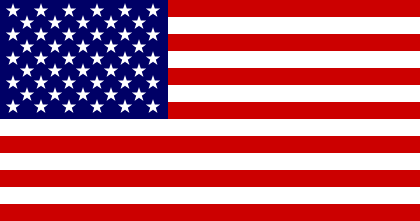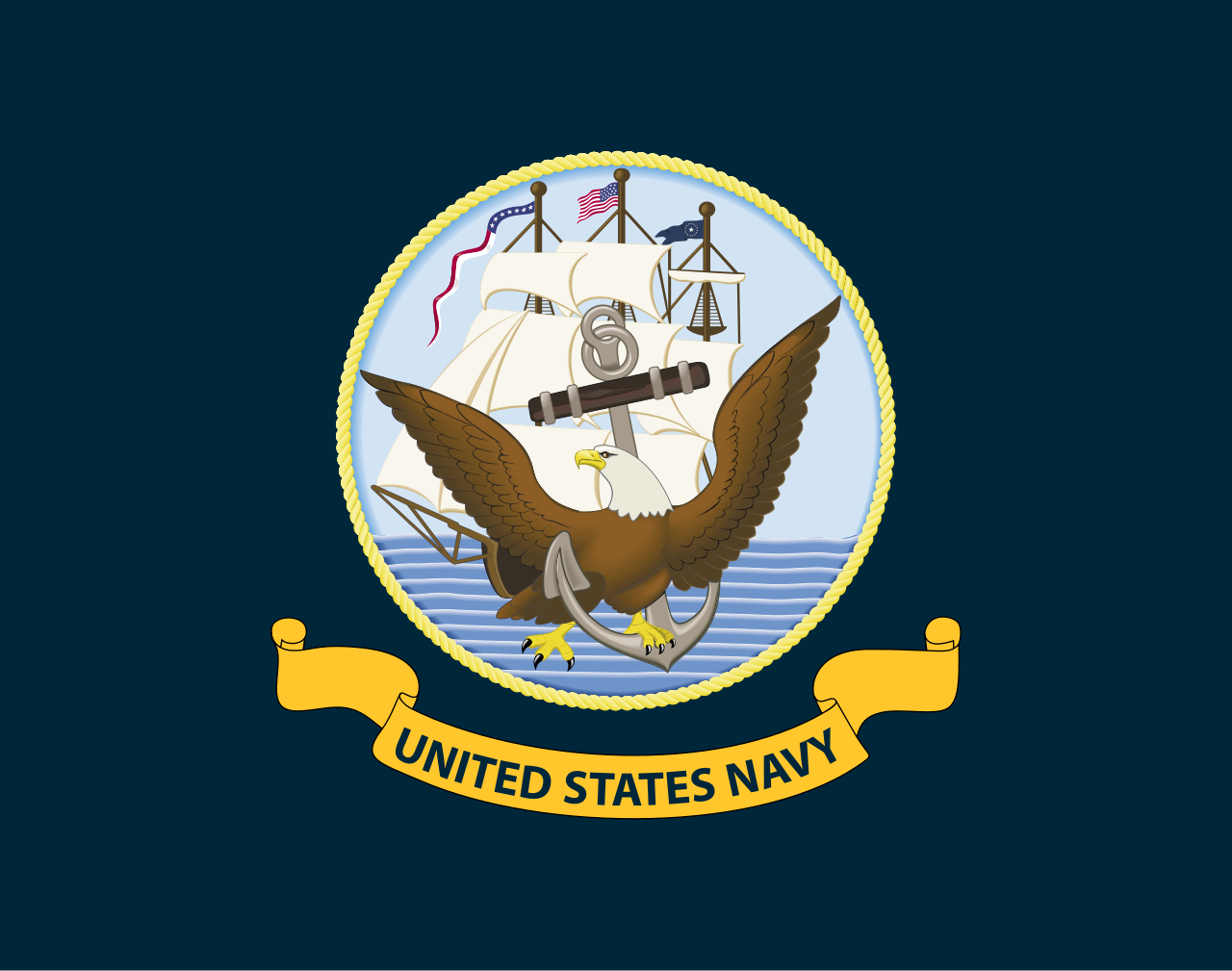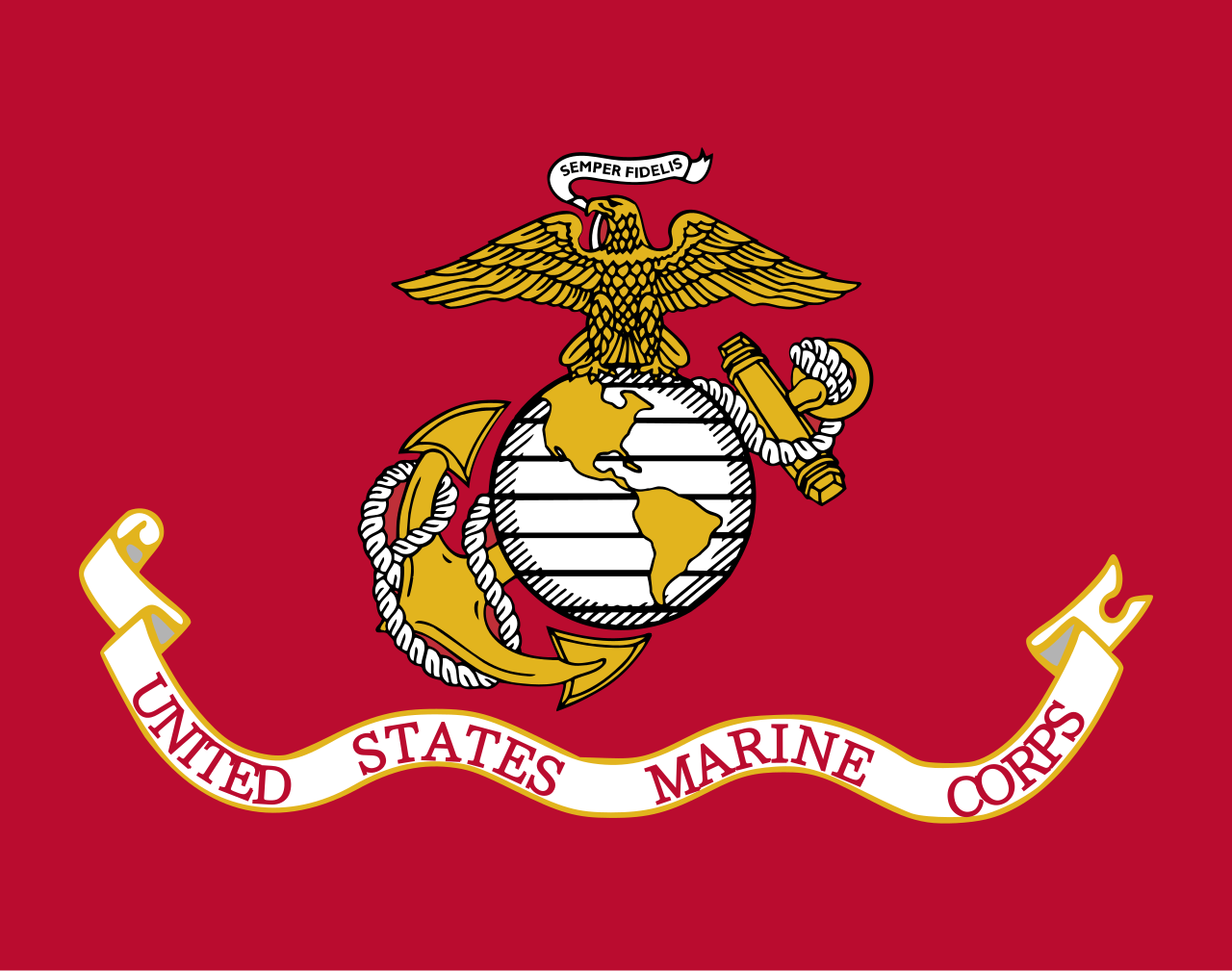- Jul 12, 2018
- 10,492

|
OPERATION LEAPFROG II |
TOP SECRET |

| 
NAVY DEPLOYMENT | 
|
|
CARRIER STRIKE GROUP ONE
Rear Admiral Nicholas Monroe
Rear Admiral Nicholas Monroe
| SHIP CLASS | VESSEL | COMPLIMENT | HOME PORT |
| Nimitz-class Aircraft Carrier | USS Nimitz | Total: 6012 / Compliment: 3532 / Pilots: 250 / Air Wing: 2230 | Naval Support Activity Hampton Roads, Virginia |
| Ticonderoga-class Guided Missile Cruiser | USS Valley Forge | 330 | Naval Support Activity Hampton Roads, Virginia |
| Ticonderoga-class Guided Missile Cruiser | USS Antietam | 330 | Naval Support Activity Hampton Roads, Virginia |
| Ticonderoga-class Guided Missile Cruiser | USS Mobile Bay | 330 | Naval Support Activity Hampton Roads, Virginia |
| Arleigh Burke-class Guided Missile Destroyer | USS John S. McCain | 323 | Naval Support Activity Hampton Roads, Virginia |
| Arleigh Burke-class Guided Missile Destroyer | USS Ben N. Campbell | 323 | Naval Support Activity Hampton Roads, Virginia |
| Arleigh Burke-class Guided Missile Destroyer | USS Joe Lieberman | 323 | Naval Support Activity Hampton Roads, Virginia |
| Arleigh Burke-class Guided Missile Destroyer | USS Chris Dodd | 323 | Naval Support Activity Hampton Roads, Virginia |
| Arleigh Burke-class Guided Missile Destroyer | USS William Roth | 323 | Naval Support Activity Hampton Roads, Virginia |
| Spruance-class Destroyer | USS Hewitt | 334 | Naval Support Activity Hampton Roads, Virginia |
| Spruance-class Destroyer | USS Elliot | 334 | Naval Support Activity Hampton Roads, Virginia |
| Spruance-class Destroyer | USS Arthur W. Radford | 334 | Naval Support Activity Hampton Roads, Virginia |
| Supply-class Support Ship | USS Arctic | 600 | Naval Support Activity Hampton Roads, Virginia |
| Supply-class Support Ship | USS Bridge | 600 | Naval Support Activity Hampton Roads, Virginia |
| Henry J. Kaiser-class Replenishment Oiler | USNS John Lenthall | 113 | Naval Support Activity Hampton Roads, Virginia |
| Henry J. Kaiser-class Replenishment Oiler | USNS Andrew J. Higgins | 113 | Naval Support Activity Hampton Roads, Virginia |
CARRIER AIR WING THREE
Captain Michael Bondar
Captain Michael Bondar
| Squadron | Aircraft | Number of Aircraft | Personnel | Garrison |
| Fighter Attack Squadron 111 (VFA-111) | F/A-18F Super Hornet | 12 | 24 Pilots | Naval Air Station North Island, California |
| Fighter Attack Squadron 112 (VFA-112) | F/A-18F Super Hornet | 12 | 24 Pilots | Naval Air Station North Island, California |
| Fighter Attack Squadron 113 (VFA-113) | F/A-18F Super Hornet | 12 | 24 Pilots | Naval Air Station North Island, California |
| Fighter Attack Squadron 114 (VFA-114) | F/A-18F Super Hornet | 12 | 24 Pilots | Naval Air Station North Island, California |
| Marine Fighter Attack Squadron 203 | F/A-18F Super Hornet | 12 | 24 Pilots | Naval Air Station North Island, California |
| Electronic Attack Squadron 303 (VAQ-303) | EA-18G Growler | 12 | 24 Pilots | Naval Air Station North Island, California |
| Carrier Airborne Early Warning Squadron 403 (VAW-403) | E-2D Hawkeye | 4 | 20 Pilots | Naval Air Station North Island, California |
| Fleet Logistics Support Squadron 503 (VRC-503) | C-2 Greyhound | 2 | 4 Pilots | 4 Crew | Naval Air Station North Island, California |
DESTROYER SQUADRON ONE
Captain Jude Cooke
Captain Jude Cooke
| Ship Class | Vessel | Compliment | Home Port |
| Sejong The Great-class Guided Missile Destroyer | USS Tim Hutchinson | 300 | Pearl Harbor, Hawaii |
| Sejong The Great-class Guided Missile Destroyer | USS Dale Bumpers | 300 | Pearl Harbor, Hawaii |
| Sejong The Great-class Guided Missile Destroyer | USS Dianne Feinstein | 300 | Pearl Harbor, Hawaii |
| Sejong The Great-class Guided Missile Destroyer | USS Barbara Boxer | 300 | Pearl Harbor, Hawaii |
| Sejong The Great-class Guided Missile Destroyer | USS Wayne Allard | 300 | Pearl Harbor, Hawaii |
DESTROYER SQUADRON TWO
Captain Paul Gibson
Captain Paul Gibson
| Ship Class | Vessel | Compliment | Home Port |
| Arleigh Burke-class Guided Missile Destroyer | USS Arleigh Burke | 323 | Naval Station Newport, Rhode Island |
| Arleigh Burke-class Guided Missile Destroyer | USS Barry | 323 | Naval Station Newport, Rhode Island |
| Arleigh Burke-class Guided Missile Destroyer | USS John Paul Jones | 323 | Naval Station Newport, Rhode Island |
| Arleigh Burke-class Guided Missile Destroyer | USS Daniel Inouye | 323 | Naval Station Newport, Rhode Island |
| Arleigh Burke-class Guided Missile Destroyer | USS Daniel Akaka | 323 | Naval Station Newport, Rhode Island |
DESTROYER SQUADRON THREE
Captain Neil Rhodes
Captain Neil Rhodes
| Ship Class | Vessel | Compliment | Home Port |
| Spruance-class Destroyer | USS Oldendorf | 329 | Pearl Harbor, Hawaii |
| Spruance-class Destroyer | USS John Young | 329 | Pearl Harbor, Hawaii |
| Spruance-class Destroyer | USS Cote de Grasse | 329 | Pearl Harbor, Hawaii |
| Spruance-class Destroyer | USS O'Brien | 329 | Pearl Harbor, Hawaii |
| Spruance-class Destroyer | USS Merrill | 329 | Pearl Harbor, Hawaii |
DESTROYER SQUADRON FOUR
Captain George Reid
Captain George Reid
| Ship Class | Vessel | Compliment | Home Port |
| Spruance-class Destroyer | USS Nicholson | 329 | Naval Support Activity Panama City, Florida |
| Spruance-class Destroyer | USS John Rodgers | 329 | Naval Support Activity Panama City, Florida |
| Spruance-class Destroyer | USS John Leftwich | 329 | Naval Support Activity Panama City, Florida |
| Spruance-class Destroyer | USS Cushing | 329 | Naval Support Activity Panama City, Florida |
| Spruance-class Destroyer | USS Harry W. Hill | 329 | Naval Support Activity Panama City, Florida |
DESTROYER SQUADRON FIVE
Captain Brice Marks
Captain Brice Marks
| Ship Class | Vessel | Compliment | Home Port |
| Spruance-class Destroyer | USS Briscoe | 329 | Naval Station Everett, Washington |
| Spruance-class Destroyer | USS Stump | 329 | Naval Station Everett, Washington |
| Spruance-class Destroyer | USS Conolly | 329 | Naval Station Everett, Washington |
| Spruance-class Destroyer | USS Moosbrugger | 329 | Naval Station Everett, Washington |
| Spruance-class Destroyer | USS John Hancock | 329 | Naval Station Everett, Washington |
DESTROYER SQUADRON SEVEN
Captain Jason Woods
Captain Jason Woods
| Ship Class | Vessel | Compliment | Home Port |
| Spruance-class Destroyer | USS O'Bannon | 329 | Naval Base Guam, Guam |
| Spruance-class Destroyer | USS Thorn | 329 | Naval Base Guam, Guam |
| Spruance-class Destroyer | USS Deyo | 329 | Naval Base Guam, Guam |
| Spruance-class Destroyer | USS Ingersoll | 329 | Naval Base Guam, Guam |
| Spruance-class Destroyer | USS Fife | 329 | Naval Base Guam, Guam |
DETAILS
Nimitz-class - Fully Fueled; Aviation reserves fully fueled; Non-perishable and perishable food/water for 3 month journey; Standard armaments including: x3 NATO Sea Sparrow Launchers (x8 RIM-7 Sea Sparrow loaded in each); x4 Phalanx CIWS; x2 RAM launchers (x21 missiles); Standard countermasures/decoys; Onboard: x500 M4A1 Carbine and associated ammo and x500 M1911 and associated ammo in barracks;
Aircraft: x60 Boeing F/A-18E/F Super Hornet and all of their necessary armaments and equipment; x12 EA-18G Growler; x8 MH-60S; x5 Northrop Grumman E-2D Hawkeye; x2 C-25 Greyhound.
Wasp-class - Fully Fueled; Non-perishable and perishable food/water for 4 month journey; complete storage of usable fuel for all conventionally-powered vessels for 6 month journey; complete storage of aviation fuel for all aircraft in the fleet for 6 month deployment;
Armament: x2 RIM-116 Rolling Airframe Missile launchers; x2 RIM-7 Sea Sparrow missile launchers; x3 20 mm Phalanx CIWS systems; x4 25 mm Mk 38 chain guns; x4 .50 BMG machine guns; x100 M4A1 Carbine and associated ammo and x100 M1911 and associated ammo in barracks; x4 RHIBs;
Aircraft: x20 MV-22B Osprey; x6 MH-60M Black Hawk;
Landing Craft: x3 Landing Craft Air Cushion.
Ticonderoga-class - Fully Fueled; Non-perishable and perishable food/water for 3 month journey; x8 RGM-84 Harpoon missiles; x2 5 in 62 caliber Mark 45 Mod 4 lightweight gun; x2 25 mm (0.98 in) Mk 38 gun; x4 .50 in (12.7 mm) cal. machine gun; x2 Phalanx CIWS Block 1B; x2 Mk 32 12.75 in (324 mm) triple torpedo tubes (standard reserve of Mk 54 torpedoes); Onboard: x30 M4A1 Carbine and associated ammo and x30 M1911 and associated ammo in barracks;
x2 61 cell Mk 41 vertical launch systems containing: x20 RUM-139C (Mrk 54 Torpedo); x200 (Quad packed) RIM-162A ESSM; x40 RIM-161B (SM-3 block IA); x12 RGM/UGM-109E Tomahawk Land Attack Missile; Standard countermeasures/decoys;
Countermeasures/decoys: Mark 36 SRBOC; AN/SLQ-25 Nixie;
Aircraft: x2 Sikorsky MH-60S;
Boats: x1 RHIB.
Arleigh Burke-class (Flight IIA) - Fully Fueled; Non-perishable and perishable food/water for 3 month journey; x1 5-inch (127 mm)/62 Mk. 45 Mod 4 (lightweight gun); x2 20 mm Phalanx CIWS; x2 25 mm M242 Bushmaster chain gun; x2 Mk 141 Harpoon Anti-Ship Missile Launcher; x2 Mark 32 triple torpedo tubes: x1 per tube + full standard storage of Mark 54 torpedoes on ship; Onboard: x30 M4A1 Carbine and associated ammo and x30 M1911 and associated ammo in barracks.
96-cell Mk 41 VLS: x4 RUM-139C (Mrk 54 Torpedo); x100 (Quad packed) RIM-162A ESSM; x30 RIM-161B (SM-3 block IA); x37 RGM/UGM-109E Tomahawk Land Attack Missile;
Countermeasures/decoys: AN/SLQ-32(V)2 Electronic Warfare System; AN/SLQ-25 Nixie Torpedo Countermeasures; MK 36 MOD 12 Decoy Launching System; MK 53 Nulka Decoy Launching System; AN/SLQ-39 CHAFF Buoys;
Aircraft: x2 Sikorsky MH-60S;
Boats: x1 RHIB.
Sejong The Great-class - Fully Fueled; Non-perishable and perishable food/water for 3 month journey; x1 5-inch (127 mm)/62 Mk. 45 Mod 4 (lightweight gun); x2 20 mm Phalanx CIWS; x2 25 mm M242 Bushmaster chain gun; x2 Mk 141 Harpoon Anti-Ship Missile Launcher; x2 Mark 32 triple torpedo tubes: x1 per tube + full standard storage of Mark 54 torpedoes on ship; Onboard: x30 M4A1 Carbine and associated ammo and x30 M1911 and associated ammo in barracks.
80-cell Mk 41 VLS: x4 RUM-139C (Mrk 54 Torpedo); x100 (Quad packed) RIM-162A ESSM; x30 RIM-161B (SM-3 block IA); x21 RGM/UGM-109E Tomahawk Land Attack Missile;
48-cell K-VLS: x24 Hong Sang Eo; x24 Hyunmoo IIIB
Countermeasures/decoys: LIG Nex1 SLQ-200K Sonata electronic warfare suite; AN/SLQ-25 Nixie Torpedo Countermeasures; MK 36 MOD 12 Decoy Launching System; MK 53 Nulka Decoy Launching System; AN/SLQ-39 CHAFF Buoys;
Aircraft: x2 Sikorsky MH-60S;
Boats: x1 RHIB.
Spruance-class - Fully Fueled; Non-perishable food/water for 3 month journey; x2 5 in 54 caliber Mark 45 dual purpose guns; x2 20 mm Phalanx CIWS Mark 15 guns; x1 8 cell NATO Sea Sparrow Mark 29 missile launcher; x2 quadruple Harpoon missile canisters; x2 Mark 32 triple 12.75 in torpedo tubes (standard reserve of Mk 46 torpedoes); x1 21 cell RIM-116 Rolling Airframe Missile; Onboard: x30 M4A1 Carbine and associated ammo and x30 M1911 and associated ammo in barracks;
x1 61 cell Mk 41 VLS: x61 RGM/UGM-109E Tomahawk Land Attack Missile;
Aircraft: x2 Sikorsky MH-60S;
Boats: x1 RHIB.
Supply-class - Fully Fueled; Fully-stocked with non-perishable and perishable food/water for 6 month journey of the entire fleet (on top of the resources the respective ships already have); complete storage of usable fuel for aforementioned vessels; complete storage of aviation fuel for aforementioned aircraft; x2 Sikorsky MH-60S; Onboard: x100 M4A1 Carbine and associated ammo and x100 M1911 and associated ammo in barracks;
Boats: x1 RHIB
Henry J. Kaiser-class Replenishment Oiler - Fully Fueled; Fully-stocked with non-perishable and perishable food/water for 6 month journey; complete storage of usable fuel for all conventionally-powered vessels for 6 month journey; complete storage of aviation fuel for all aircraft in the fleet for 6 month deployment; Onboard: x30 M4A1 Carbine and associated ammo and x30 M1911 and associated ammo in barracks;
Boats: x1 RHIB.
|

| 
DEPLOYMENT ORDERS | 
|
|
CONTEXT
The completion of the new Nimitz-class USS William J. Clinton aircraft carrier triggered an internal private review of the U.S. Atlantic and Pacific fleets, as well as the Navy's ability to defend the United States and project power in the Atlantic and Pacific, by the office of the Secretary of The Navy. The findings were not positive. At the time of the review, all three U.S. carriers and their strike groups were based out of Naval Station Norfolk in Virginia. A large portion of the United States surface fleet was also based out of Norfolk. The first conclusion was that this put the United States Navy in danger of being crippled if a single, well-planned, major Pearl Harbor-inspired attack were to take place against Norfolk with just convention weapons. Secondly, and perhaps equally as worrying, the Pacific Fleet only had a small handful of surface ships. The Office of Naval Intelligence war-gamed a potential scenario where an adversary with an outdated, 1970s carrier strike group would be able to destroy major military assets in Guam, Hawaii, and possibly even Alaska or the West Coast before an American task force could make it to the Pacific. The only assets that the Navy had in play in the Pacific were, as previously stated, a handful of surface ships and one squadron of submarines.
The Secretary of The Navy presented this information to the President and the National Security Council at the White House. He stated that this lackadaisical attitude that the Navy had taken since the end of the Cold War was no longer acceptable in the 21st century. He recommended that the USS Nimitz, her carrier strike group, and her carrier air wing be relocated to the Pacific fleet along with 20 destroyers that were currently part of Battle Group Gold. The destroyers would be divided into destroyer squadrons of five vessels each. Meanwhile, he also recommended that a further two of these destroyer squadrons be created in the Atlantic and deployed to bases outside of Virginia, preferably one in the Gulf of Mexico and one in New England. Finally, he recommended that the Navy build a second submarine squadron for the Pacific, at least two Celestial-class frigates per carrier strike group, and a submarine for covert and intelligence missions. The Secretary of Defense fully backed the Secretary of The Navy's findings and recommendations to the President, and the Vice President also agreed with this assessment. While construction of the new vessels would not be immediate, the relocation of assets would be.
Operation Leapfrog II was drawn up by the Navy to relocate U.S. Naval assets in the Atlantic and Pacific in an orderly fashion.
The Secretary of The Navy presented this information to the President and the National Security Council at the White House. He stated that this lackadaisical attitude that the Navy had taken since the end of the Cold War was no longer acceptable in the 21st century. He recommended that the USS Nimitz, her carrier strike group, and her carrier air wing be relocated to the Pacific fleet along with 20 destroyers that were currently part of Battle Group Gold. The destroyers would be divided into destroyer squadrons of five vessels each. Meanwhile, he also recommended that a further two of these destroyer squadrons be created in the Atlantic and deployed to bases outside of Virginia, preferably one in the Gulf of Mexico and one in New England. Finally, he recommended that the Navy build a second submarine squadron for the Pacific, at least two Celestial-class frigates per carrier strike group, and a submarine for covert and intelligence missions. The Secretary of Defense fully backed the Secretary of The Navy's findings and recommendations to the President, and the Vice President also agreed with this assessment. While construction of the new vessels would not be immediate, the relocation of assets would be.
Operation Leapfrog II was drawn up by the Navy to relocate U.S. Naval assets in the Atlantic and Pacific in an orderly fashion.
ATLANTIC THEATER
The newly-formed destroyer squadrons Two and Four would be relocated from Virginia to Rhode Islan and Florida respectively. The smaller organization of individual destroyer squadrons would mean that the Navy could more effectively deploy single vessels (or small teams) into the Atlantic on short notice without disturbing carrier strike groups or Battle Group Gold. The destroyers were prepped for sailing with their crews, weaponry, fuel, and all necessary equipment and vehicles.
Carrier Strike Group One would also be prepared for deployment and permanent relocation to the Pacific. The group would now have its home port in San Diego, California, while multiple destroyer squadrons would be relocated from Virginia to Washington, Hawaii, and Guam. Carrier Air Wing Three would be loaded onto the USS Nimitz and prepared for a long journey to its new home at Naval Air Station North Island in California. While CSG-One would have to cross the equator and sail around the southern tip of South America, the destroyer squadrons relocating to the Pacific would take the Panama Canal in order to save time and fuel.
Carrier Strike Group One would also be prepared for deployment and permanent relocation to the Pacific. The group would now have its home port in San Diego, California, while multiple destroyer squadrons would be relocated from Virginia to Washington, Hawaii, and Guam. Carrier Air Wing Three would be loaded onto the USS Nimitz and prepared for a long journey to its new home at Naval Air Station North Island in California. While CSG-One would have to cross the equator and sail around the southern tip of South America, the destroyer squadrons relocating to the Pacific would take the Panama Canal in order to save time and fuel.
|


